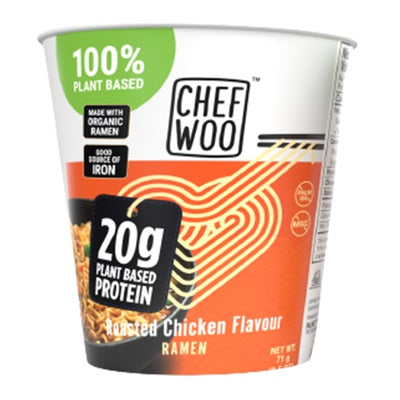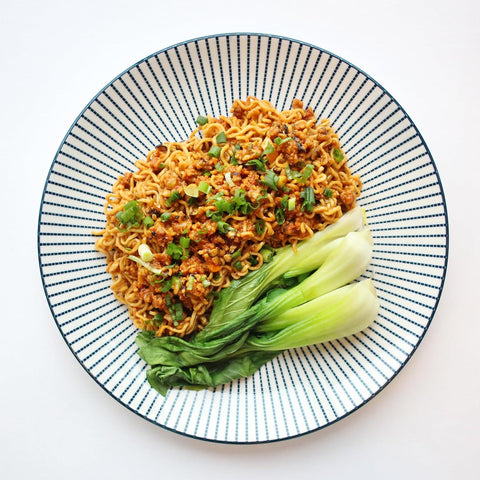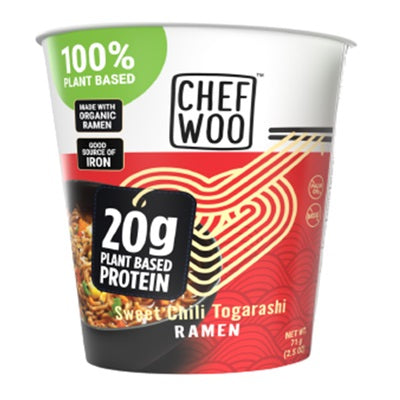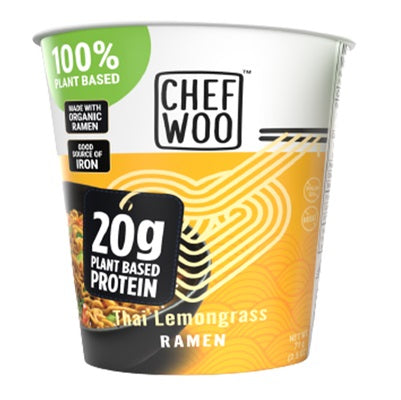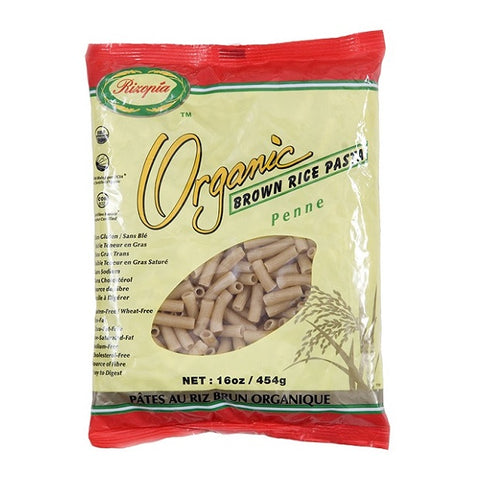Pasta and grains are essential pantry staples, offering versatility, deliciousness, and a base for countless culinary creations. Let's explore this world of textures and tastes:
Pasta:
- Types: A dazzling array of shapes and sizes, each suited for specific sauces and dishes:
- Long & Thin: Spaghetti, Linguine, Fettuccine (perfect for catching creamy or chunky sauces).
- Tubes: Penne, Rigatoni (ideal for holding chunky vegetables or meat sauce).
- Short & Curved: Macaroni, Rotini, Fusilli (excellent for salads, soups, or baked dishes).
- Rice-Shaped: Orzo (great for soups or pasta salads).
- Sheets: Lasagna, Cannelloni (used for layered pasta dishes).
- Stuffed: Tortellini, Ravioli (filled with various savory ingredients).
- Ribbon-Shaped: Tagliatelle, Pappardelle (pair well with rich sauces).
- Very Thin: Angel Hair (ideal for light cream sauces or broths).
- Elbow-Shaped: Ziti (commonly used in baked pasta dishes).
- Bowtie-Shaped: Farfalle (perfect for catching chunky sauces).
- Potato Dumplings: Gnocchi (enjoyed with simple sauces or pesto).
- Classic: Whole Wheat, Gluten-Free (catering to dietary needs).
- Veggie-infused: Spinach, Tomato (adding color and flavor).
- Unique: Squid Ink (for a dramatic presentation).
- Egg-based: Offering a richer flavor and texture.
- Multigrain: Combining different grains for added taste and nutrition.
- Attributes: Dried (shelf-stable), Fresh (refrigerated, for a delicate texture), Homemade (freshly made pasta for a special touch), Artisan (crafted with high-quality ingredients), Imported (unique varieties from other countries), Organic (grown without synthetic pesticides), Enriched (fortified with vitamins and minerals), Al Dente (cooked to a perfect balance between firmness and tenderness), Versatile (adaptable to various cuisines and dishes), Golden (cooked pasta has a beautiful golden hue).
- Uses and Applications: Boiled, baked, served with a variety of sauces (tomato, pesto, cream, etc.), used in salads, soups, casseroles, enjoyed as side dishes or main courses, perfect for stuffing vegetables or poultry.
- Texture and Consistency: Chewy, tender, firm, silky (fresh pasta), smooth (dried pasta), sturdy (shapes that hold sauces well), springy (cooked al dente).
Grains:
- Types: A diverse selection, each offering distinct flavor and nutritional profiles:
- Rice: A global staple (White Rice - fluffy and versatile; Brown Rice - nutty and more fiber-rich).
- Quinoa: A complete protein grain with a slightly crunchy texture.
- Barley: A chewy grain with a nutty flavor, used in soups and stews.
- Farro: An ancient whole grain with a chewy texture, great for salads and pilafs.
- Millet: A tiny, round grain with a mild flavor, often used in porridges.
- Bulgur: Cracked wheat with a nutty taste, perfect for salads and pilafs.
- Couscous: Tiny pasta-like grains, used in salads and side dishes.
- Polenta: Cornmeal used for porridge or formed into a firm base for savory dishes.
- Oats: A breakfast staple, enjoyed in hot oatmeal or used in baking.
- Spelt: An ancient grain similar to wheat with a slightly nutty flavor.
- Teff: A tiny Ethiopian grain used in porridges and injera flatbread.
- Amaranth: A tiny, protein-rich grain with a peppery flavor, used in hot cereals and baking.
- Freekeh: Roasted green wheat with a smoky flavor, used in salads and pilafs.
- Buckwheat: Not technically a wheat, but a pseudocereal with a nutty flavor, used for pancakes























